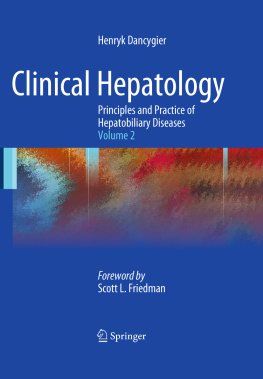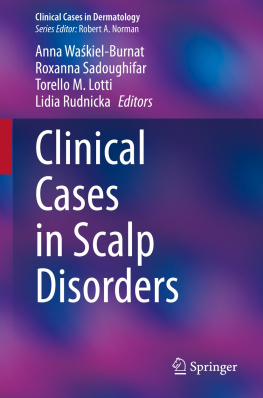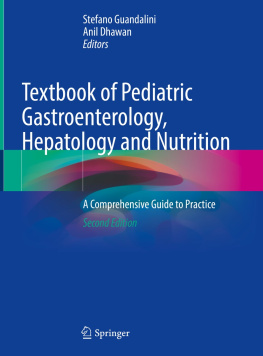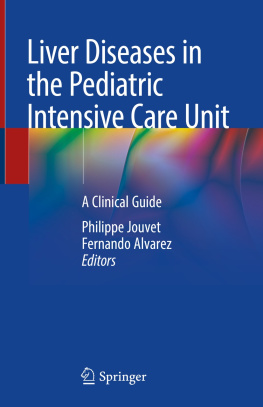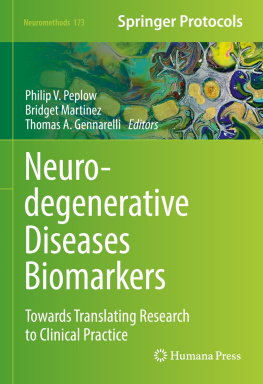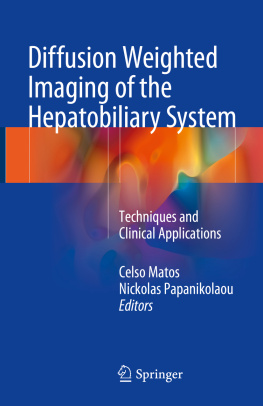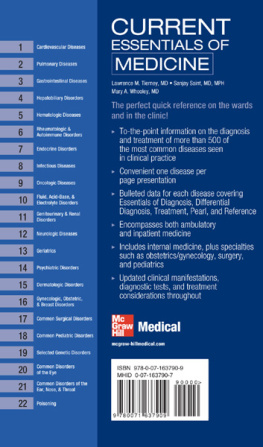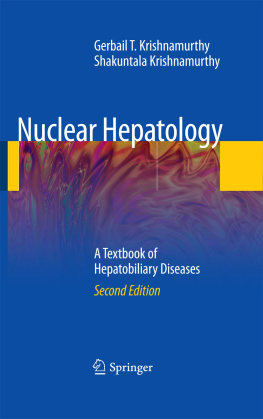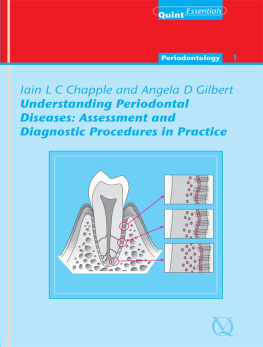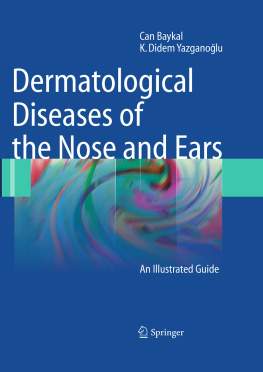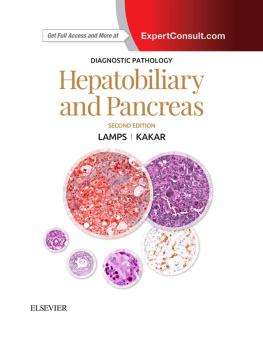Henryk Dancygier Clinical Hepatology Principles and Practice of Hepatobiliary Diseases 10.1007/978-3-642-04519-6_1 Springer-Verlag Berlin Heidelberg 2010
55. Malformations and Malpositions of the Liver
Riedel's Lobe
Riedel's lobe is not a true accessory liver lobe, but rather a caudally oriented tongue-like process of the right liver lobe lateral from the gallbladder []. The cause of this malformation, more common in women, is unknown. Histologically liver tissue is normal, and clinically this malformation is asymptomatic. Its clinical significance lies in the potential of being misinterpreted as a tumor.
Accessory Liver Lobe(s)
An accessory liver lobe ( hepar succenturiatum ) is encountered more often on the right side. It is connected to the right liver lobe by a stalk containing blood vessels and bile ducts. The accessory lobe may be located beneath or above the diaphragm. Usually this malformation is asymptomatic. However, torsion of the stalk may lead to acute right upper quadrant pain, nausea and vomiting. Accessory liver lobes are very rare and are encountered more often in women.
Congenital hepar lobatum with the formation of abnormal, coarse lobes may be regarded as an abortive form of an accessory liver lobe.
Ectopy
Ectopies of the liver ( liver heterotopia or hepatic choris-toma ) are caused by germ dissemination. In contrast to accessory liver lobes, ectopic liver tissue is disconnected from the main organ. Approximately 50% of ectopic livers are located in the gallbladder, the remainder are disseminated in the intra- or retroperitoneal space and in the thoracic cavity. Histologically ectopic livers exhibit a normal lobular architecture and may develop all pathologic changes seen in normal liver [].
Extraabdominal Location of the Liver
In congenital defects of the diaphragm the deformed liver can be located partially or totally within the chest. Liver dystopias in the pericardiac space have also been described. Usually these patients manifest additional malformations of the gastrointestinal tract, the lungs, the heart and the thoracic vessels.
Large congenital abdominal wall defects and umbilical hernias are observed in 1:4,000 births, and may be associated with herniation of abdominal organs.
Intraabdominal Displacement of the Liver
In circumscribed congenital diaphragmatic aplasia the liver may be partially displaced into the chest. Since the organ is still covered by a thin peritoneal and pleu-ral layer, however, the liver technically still lies within the abdominal cavity. A cranial position of the liver is seen more often in acquired diaphragmatic elevation, which can occur in the setting of right sided diaphragmatic paresis.
An insufficiency of hepatic ligaments may lead to hepatoptosis . Intestinal loops moving into the newly created free space between liver and diaphragm/abdominal wall characterize Chilaiditi's syndrome . Hepatoptosis generally affects women older than 40 years.
The most frequent cause for a caudal displacement of the liver is phrenoptosis, which can be seen in pulmonary emphysema or in marked right sided pleural effusion.
An isolated transposition of the liver is rare. Most often it occurs in total situs inversus , in which the liver is located in the left upper quadrant. In partial situs inversus the liver is located in the median line. This anomaly often is associated with asplenia.
Agenesis
Complete agenesis of the liver is incompatible with life. The congenital absence of an entire liver lobe is extremely rare, with fewer than 100 cases reported in the literature. Agenesis of the right liver lobe is regarded to be a consequence of a developmental anomaly of the right portal vein branch or a growth failure of the hepatic diverticulum (see Chapter 1). The absence of a hepatic segment or lobe results in compensatory hypertrophy of the remaining liver tissue. In agenesis of the right liver lobe the gallbladder is located above the liver.
Rare cases of hypoplasia of the right liver lobe have also been described.
Atrophy
Atrophy of the entire liver occurs in very old age and in severe chronic hunger disease. Atrophy of a singe lobe or a segment is observed in approximately 5% of diagnostic laparoscopies and in 75% of cases affects the left liver lobe. It is usually due to localized circulatory disturbances or to chronic obstruction of bile flow [].
Zahn's Grooves
These are deep grooves (pressure atrophy) of the upper liver surface, predominantly of the right liver lobe. They are caused by pressure of hypertrophied diaphragmatic muscle bundles, predominantly in chronic obstructive pulmonary disease, on the liver parenchyma. Zahn's grooves are found in approximately 10% of all autopsies.
Corset Liver
Corset liver denotes flat, transverse indentations of the right liver lobe that are caused by deformations of the thoracic cage or are due to chronic strangling by a tight corset. Like Zahn's grooves these transverse grooves represent pressure atrophy of hepatic parenchyma.
References
Desmet VJ, Eyken P (1995) Embryology, malformations, and malpositions of the liver. In: Haubrich WS, Schaffner F (eds) Bockus gastroenterology, 5th edn. W.B. Saunders, Philadelphia, PA, pp 184957
Ham JM (1990) Lobar and segmental atrophy of the liver. World J Surg 14: 45762 CrossRef PubMed
Riedel I (1888) ber den zungenfrmigen Fortsatz des rech-ten Leberlappens. Berl Klin Wochenschr 25: 57784
Henryk Dancygier Clinical Hepatology Principles and Practice of Hepatobiliary Diseases 10.1007/978-3-642-04519-6_2 Springer-Verlag Berlin Heidelberg 2010
56. Bile Duct Anomalies
See also Chapters 108110.
Anomalies may affect the intra- and/or extrahepatic bile ducts. They are characterized by an excess (e.g. doubling) or by a deficit of ducts, with variously shaped dilatations and strictures [].
Important shape variants and anomalies of the gallbladder and bile ducts (with the exception of atresia) are reported in Tables and depicted in Figs. 108.1, 108.2 and 109.1.
Table 56.1
Important anomalies of the gallbladder
Abnormal shape | Phrygian cap-like bending of body and fundus |
Hour glass gallbladder |
Septated gallbladder (longitudinal cystic duplication very rare) |
Diverticula: preferentially in neck and fundic region |
Abnormal position |

